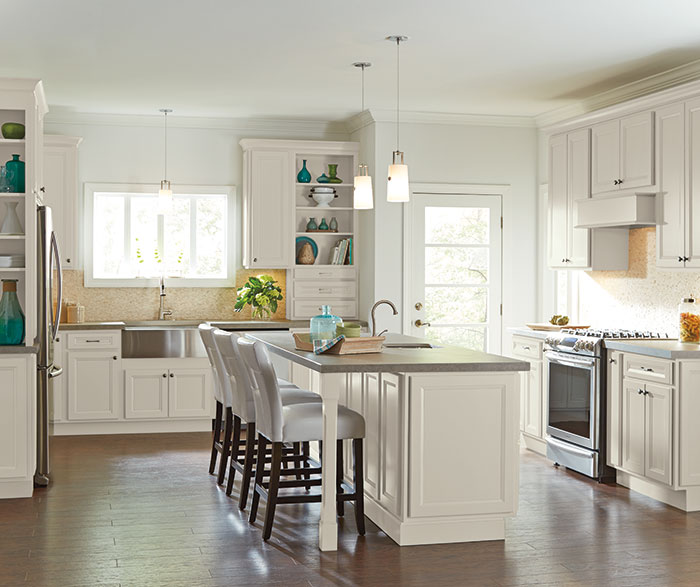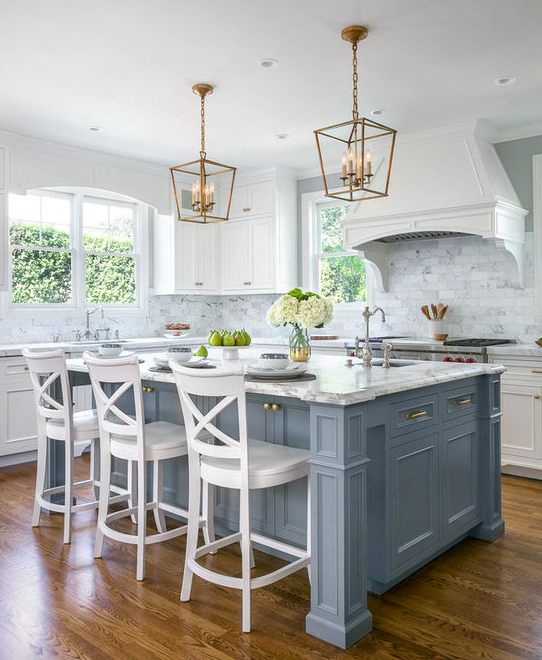Transform Your Room with Cutting-edge Kitchen Island Leg Styles
Wiki Article
Checking Out the Vital Features of a Cooking Area Island Leg for Your Culinary Room
The kitchen area island serves as a main hub in any kind of culinary room, and the option of leg style is pivotal in enhancing both its functionality and aesthetic appeal. Recognizing the vital features of kitchen area island legs-- consisting of material alternatives, style styles, and stability aspects-- can dramatically impact the general experience within the cooking area.Importance of Kitchen Area Island Legs
Kitchen area island legs play an essential function in both the capability and visual appeals of a cooking area room. They not only support the weight of the island however likewise boost the total layout, contributing to the kitchen's visual allure. The choice of legs can determine the style of the kitchen area, be it contemporary, typical, or rustic.Functionally, durable and correctly developed legs make sure security, permitting for the secure usage of the island for numerous jobs such as cooking, eating, or enjoyable. Strong legs prevent shifting and tottering, providing a trusted surface area for day-to-day tasks.
In addition, the elevation and placement of the legs can influence the convenience degree for those seated at the island. A well-considered elevation can accommodate bar feceses or chairs, promoting a welcoming setting for gatherings.
In addition to these sensible considerations, kitchen area island legs can act as a prime focus in the space (kitchen island leg). Decorative or distinctively created legs can elevate the style aesthetic, making the island a focal point. Thus, picking the right kitchen island legs is necessary for stabilizing type and function in any kind of culinary space
Product Options for Legs
Choosing the suitable material for cooking area island legs significantly influences both longevity and layout. Common product alternatives include steel, wood, and rock, each offering distinct advantages.Timber is a prominent choice as a result of its warmth and flexibility. It can be easily customized to match numerous style styles, from rustic to contemporary. Hardwoods like oak and maple provide superb stamina and longevity, while softer timbers can be much more vulnerable to tear and use.
Metal legs are favored for their sleek, modern-day visual. kitchen island leg. Stainless-steel and light weight aluminum are not only durable however also resistant to corrosion and corrosion, making them ideal for kitchen area settings. They can create a commercial appearance and are commonly available in different coatings to complement other cooking area components
Stone legs, such as granite or marble, include an element of high-end and security. While heavier than other products, they supply outstanding toughness and can withstand considerable weight. However, they might call for additional support to make sure correct equilibrium.
Ultimately, the selection of material should line up with both functional needs and the general design vision of the kitchen area, guaranteeing that the island legs enhance both energy and appearances.
Style Styles to Take Into Consideration
What style styles should be taken into consideration when selecting legs for a kitchen island? The option of leg design substantially influences the total aesthetic of your cooking area. For a contemporary kitchen area, minimalistic and smooth leg designs, such as stainless steel or geometric forms, can improve the modern-day appeal, giving a clean and uncluttered appearance.In contrast, standard cooking areas gain from timeless styles such as turned or sculpted wood legs, which add warmth and personality. These choices commonly feature complex details that enhance vintage home furnishings. For a rustic ambiance, take into consideration legs made from reclaimed timber or functioned iron, which bring an organic, natural top quality to the area.
If you lean towards an industrial style, durable steel legs with a distressed finish might be ideal, offering an edgy yet advanced touch. In addition, farmhouse design cooking areas can integrate beefy legs that stimulate a feeling of durability and homeliness.

Height and Stability Variables
The height and security of a cooking area island are vital components that directly affect its functionality and individual experience. An ideal kitchen area island leg need to offer adequate elevation to accommodate a range of jobs, from food preparation to laid-back dining. Typically, kitchen islands separate 36 to 42 inches high, straightening with standard counter and bar heights. This variety makes sure convenience for customers while performing various tasks, hence enhancing the general use of the room.Stability is equally vital, specifically as kitchen islands often serve as centerpieces in cooking settings. A secure leg layout decreases tottering and moving, which can lead to accidents or discomfort throughout usage. Products such as solid wood, metal, or a combination thereof are typically employed to achieve the essential toughness. The leg's add-on to the island's base need to be safe, making certain long life and durability versus the wear and tear of daily usage.
Customization and Devices
Customization alternatives and accessories for cooking area island legs can considerably boost visit here both the aesthetic allure and performance of the room. House owners can select from a range of products, including timber, stone, and steel, permitting seamless combination with existing kitchen area decor. The choice of finish-- be it an all-natural tarnish, repaint, or powder coating-- additional individualizes the appearance, ensuring that the island complements the total layout motif.Along with material and finish, homeowners might also check out the unification of devices such as decorative brackets, flexible feet, or incorporated shelving. Braces can offer additional he said support while adding to a rustic or modern-day visual. Adjustable feet are particularly helpful for irregular floor covering, ensuring the island remains stable and level, which is vital for both safety and security and usability.

Verdict
In conclusion, kitchen island legs offer a critical role in providing stability and enhancing the overall aesthetic of the cooking room. Modification alternatives and devices can boost the kitchen island, making it a distinct focal factor within the home.The cooking area island serves as a central hub in any kind of cooking area, and the selection of leg style is essential in improving both its performance and visual appeal. Recognizing the vital attributes of kitchen area island legs-- consisting of material options, design styles, and stability factors-- can dramatically affect the overall experience within the kitchen.Cooking area island legs play a vital role in both the capability and appearances of a kitchen room.What style styles should be considered when selecting legs for a kitchen island?In verdict, kitchen recommended you read island legs offer an important role in giving stability and boosting the general visual of the culinary room.
Report this wiki page